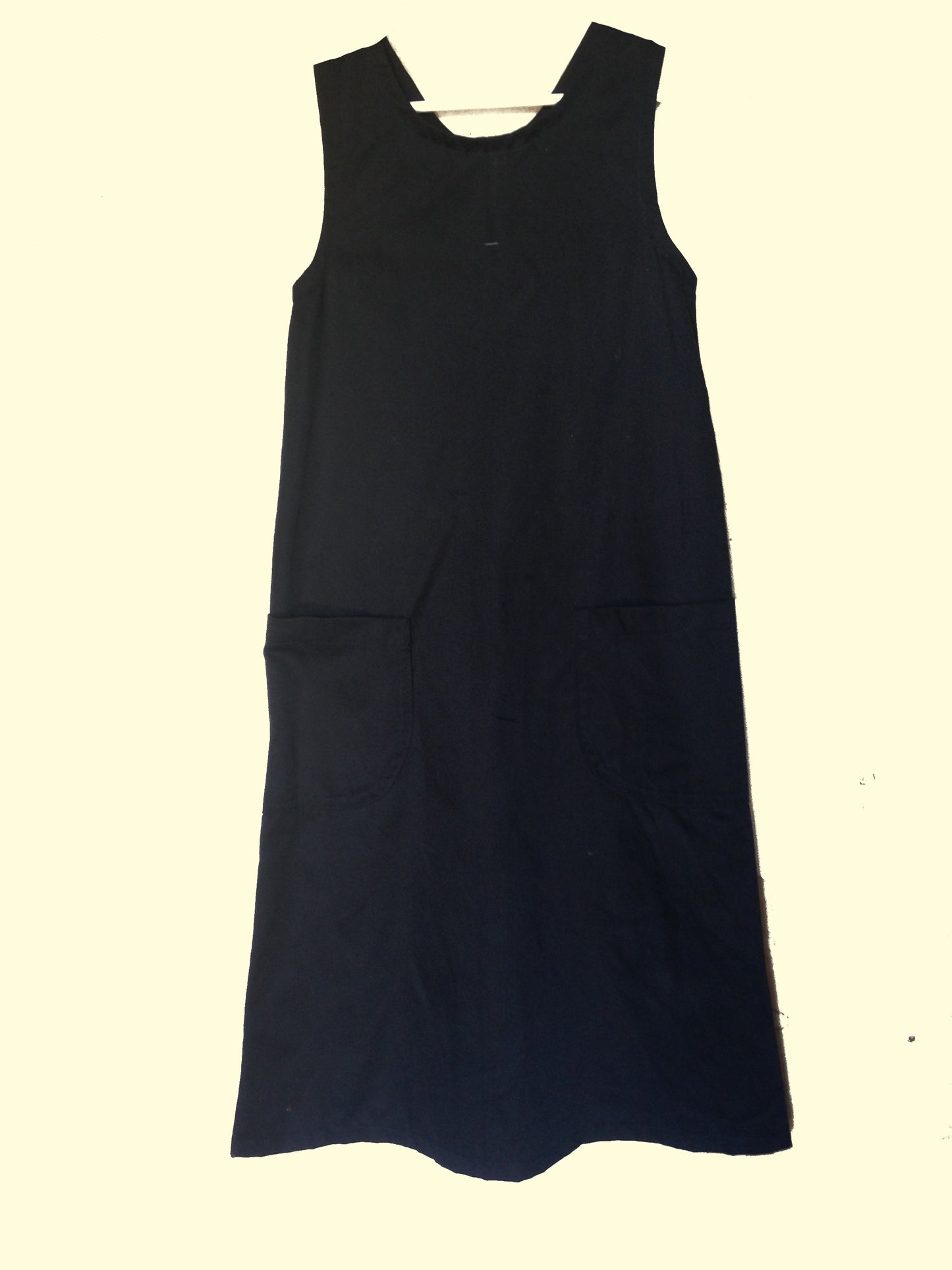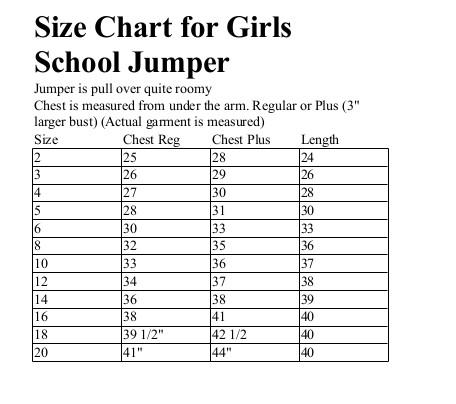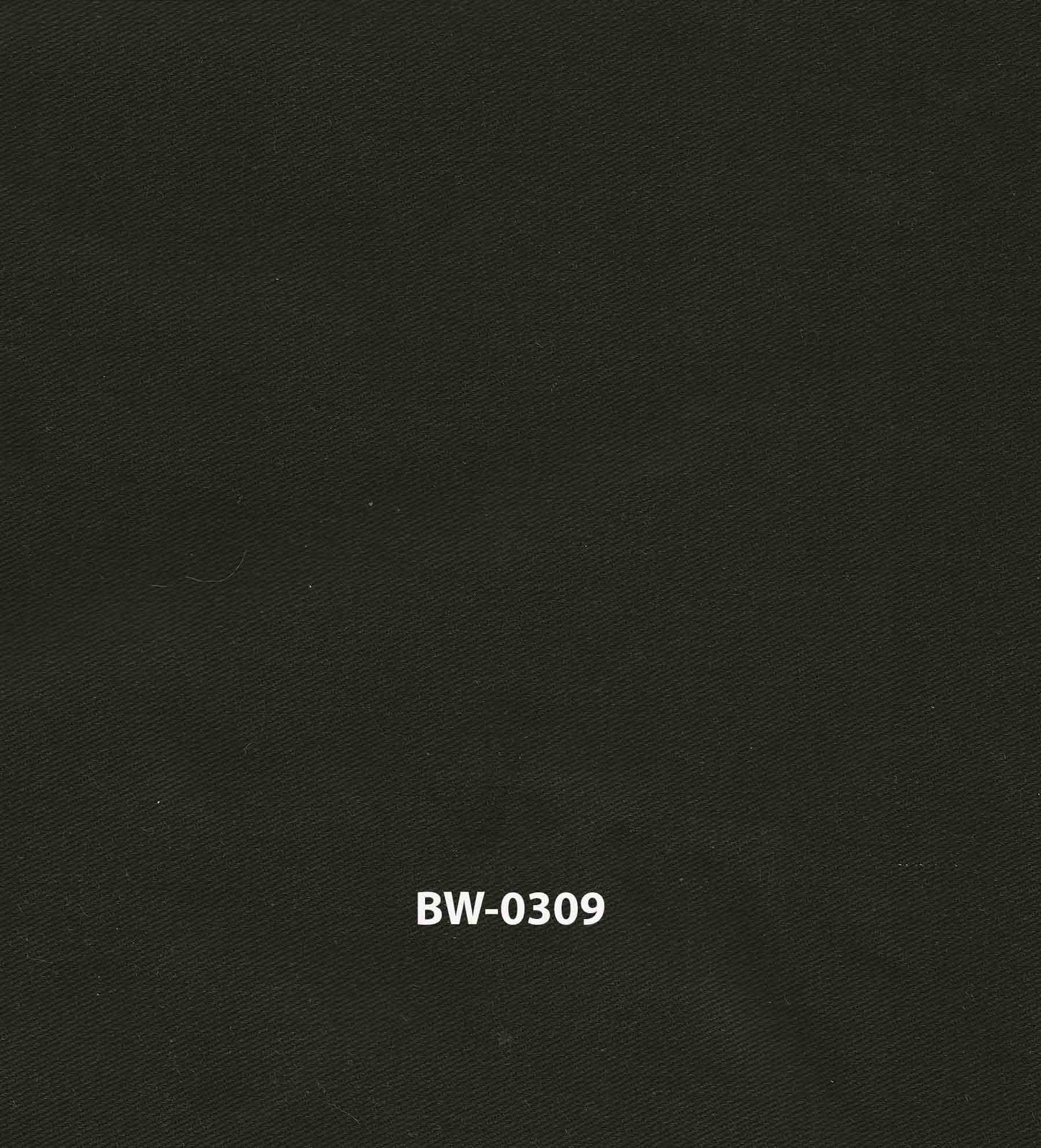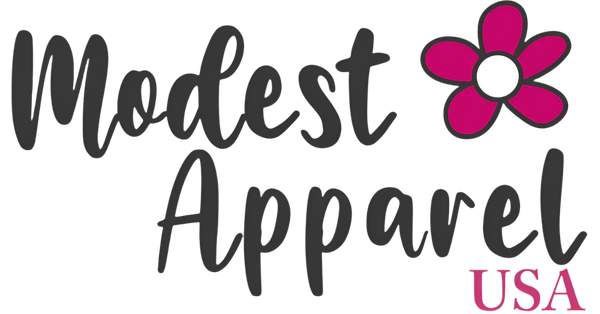Modest Clothing Fabric Chart
About Modest Apparel USA Fabrics Our fabrics are appropriate for the style or type of garment
Most of our fabrics arenotmade in USA. As much as we would like to have all our products 100% US Made we are unable to find much fabric made in the US.
**Please note that many of our fabrics may change from time to time as suppliers change. So you may get a different shade or weight of fabrics. We do our best to order the same all of the time but from time to time our suppliers change even with the same style number.
P/C-polyester/cotton blend (usually 65% cotton/35% polyester) usually hangs nice and washes nicely and holds it's color.
Cotton is a soft, staple that grows in a form known as a boll around the seeds of the, a shrub native to tropical and subtropical regions around the world. The fiber most often is spun into or thread and used to make a soft, breathable, which is the most widely used natural-fiber cloth in clothing today. Modest Apparel USA uses cotton for all our modest culottes, jumpers, skirts and dresses
Denim is a rugged textile, in which the weft passes under two "double" or more fibers. This produces the familiar diagonal ribbing identifiable on the reverse of the fabric, which distinguishes denim from cotton duck. Denim has been in American usage since the late eighteenth century. Used for all our modest clothing specifically culottes, jumpers, skirts, dresses and skorts.
Gabardine is a tough, tightly woven used to make suits, overcoats, trousers and other garments. The fiber used to make the fabric is traditionally, but may also be cotton, synthetic or mixed. The fabric is smooth on one side and has a diagonally ribbed surface on the other. Gabardine is a form of twill weave. We use gabardine fabric for our school uniform skirts and jumpers.
Knitted fabrics are the third major class of fabric, after woven and nonwoven fabrics. Compared to the other two classes, knitted fabrics are much more elastic, which accounts for their historical use in stockings and other clothing that requires changes in shape. Hence, dresses and lingerie made from knitted fabrics can be more form-fitting than counterparts made from a woven fabric. A woven fabric made with a stretchable material such as Lycra may deform more than a stable knit. The elasticity of knitted fabrics gives them an excellent drape. For this reason, knitted fabrics resist wrinkles better than wovens, but do not generally take a crease.Knitted fabrics are generally warmer and more comfortable than woven fabrics, which is why they are worn closer to the body. Moreover, knitted fabrics are often made from wool, which stays warm even when wet; wool is preferred since it is more elastic than most fibers and produces more even, beautiful knits. In general, elasticity and warmth are opposing qualities in a knitted fabric, since the most elastic knitted fabrics, such as lace, have the largest holes and are thus less insulating. We use knit fabric mostly for our modest culottes.
Linen is a textile made from the fibers of the flax plant, Linum usitatissimum. Linen is labor-intensive to manufacture, but when it is made into garments, it is valued for its exceptional coolness and freshness in hot weather.
Textiles in a linen-weave texture, even when made of cotton, hemp and other non-flax fibers may also be loosely, if improperly, referred to as "linen". We use cotton/linen for our summer gauchos
Today linen is usually an expensive textile, and is produced in relatively small quantities. It has a long "staple" (individual fiber length) relative to cotton and other.
Polyester fabrics are claimed to have a "less natural" feel when compared to similarly-woven fabrics made from natural fibers (i.e. cotton in textile uses). However, polyester fabrics may exhibit other advantages over natural fabrics, such as improved wrinkle resistance. As a result, polyester fibers are sometimes spun together with natural fibers to produce a cloth with blended properties.
Poplin. The ribs run across the fabric from selvage to selvage. Poplins are used for dress purposes They are formed by using coarse filling yarns in a plain weave. easy to iron and do not wrinkle easily. Polplin is used for our modest skorts and culottes. Sometimes used for blouses
In recent years, Poplin has come to be associated with 100% cotton shirts and it is commonly used for high quality garments. Medical Uniforms almost exclusively use Poly/Cotton blended Poplin fabrics. The term is also frequently used while rendering and is most commonly associated with the construction of wallets.
Polyester fabrics are claimed to have a "less natural" feel when compared to similarly-woven fabrics made from natural fibers (i.e. cotton in textile uses). However, polyester fabrics may exhibit other advantages over natural fabrics, such as improved wrinkle resistance. As a result, polyester fibers are sometimes spun together with natural fibers to produce a cloth with blended properties. Polyester fabric is great for school uniform skirts and jumpers as it is wrinkle resistant but can be a bit hot and not as comfortable as cotton.
Rayon is a manufactured regenerated cellulosic fiber. Because it is produced from naturally occurring polymers, it is neither a truly synthetic fiber nor a natural fiber; it is a semi-synthetic fiber [1]. Rayon is known by the names viscose rayon and art silk in the textile industry. It usually has a high lustre quality giving it a bright shine. Rayon contains the chemical elements carbon, hydrogen, and oxygen. Rayon is used for modest dresses..
Seersucker is a thin, all-cotton fabric, commonly striped or checkered, used to make clothing for spring and summer wear. [1] Seersucker is woven in such a way that some threads bunch together, giving the fabric a wrinkled appearance in places. This feature causes the fabric to be mostly held away from the skin when worn, facilitating improved heat dissipation and air circulation. It also means that ironing is not necessary. Seersucker is great for culottes and jumpers.
Spandex /LYCRA—or elastane—is a synthetic fiber known for its exceptional elasticity. It is stronger and more durable than rubber, its major non-synthetic competitor. It was invented in 1959 by DuPont chemist Joseph Shivers. When first introduced, it revolutionized many areas of the clothing industry. Modest Apparel USA uses spandex and lycra blended fabrics when making garments with a more fitted look. Gives a little extra room and comfort.
"Spandex" is a generic name and not derived from the chemical name of the fiber, as are most manufactured fibers, but an anagram of the word expands .[1] "Spandex" is the preferred name in North America; elsewhere it is referred to as "elastane". Citation needed
The most famous brand name associated with spandex is Lycra, a trademark of Invista (formerly part of DuPont). Such is the prominence of the Lycra brand that it has become a genericised trademark in many parts of the world, used to describe any kind of spandex. Invista discourages such use, protecting its trademark vigorously.
Twill is a type of fabric woven with a pattern of diagonal parallel ribs.It is made by passing the weft thread over one or more warp threads and then under two or more warp threads and so on, with a "step" or offset between rows to create the characteristic DIAGNAL pattern. Because of this structure, twills generally drape well. Examples of twill fabric are chino, drill, denim, gabardine, tweed and serge. Twill is the most common fabric used by Modest Apparel USA. It is used for everything from culottes to school uniforms to skirts. Twill is also used for dickies and khaki men's pants. Twill is a very durable fabric when cotton and polyester blend is made it gives a nice hang for skirts and jumpers as well as all styles of culottes with more lightweight twills.
HempAs a fabric, hemp provides all the warmth and softness of a natural textile but with a superior durability seldom found in other materials. Hemp is extremely versatile and can be used for countless products such as apparel, accessories, shoes, furniture, and home furnishings. Apparel made from hemp incorporates all the beneficial qualities and will likely last longer and withstand harsh conditions.Hemp fabrics are well known for their earthy, natural character reflecting the biologic and mechanical processes used to produce these beautiful fabrics. The variations in the yarn and natural color of truly natural hemp fabric gives these hemp textiles their timeless beauty and style
Please Note: Hemp is not Cannibas.
Hemp Vs. Marijuana: What's the Difference?
Hemp and Marijuana are not the same thing. One of the most important differences is that marijuana can get a person high and hemp cannot. Let's look at some of their other characteristics:
What do Hemp and Marijuana have in Common?
Hemp and marijuana are varieties of the Cannabis sativa plant. It is illegal to grow both hemp and marijuana in the United States (although it is not illegal to sell or purchase hemp products hence the hemp bags and dresses you see in store windows). The two plants have similar aromas when in bloom however, only one will get a person high because only one of the varieties contains any significant amounts of THC. Hemp does contain traces of THC, but not enough to get a person high.
How are Hemp and Marijuana Different? Smoking marijuana will make the user high, and smoking hemp will not. Hemp contains less than 1 percent of the active ingredient THC, the substance that gives pot smokers a high. Marijuana plants, on the other hand, can contain 10 to 20 percent THC.
Marijuana plants and hemp plants have different appearances and are harvested differently. Marijuana plants tend to be short and bushy, while hemp plants can have stalks that are 25 feet high! Unlike marijuana, hemp has many uses. Over 25,000 products can be manufactured from hemp, including hair conditioner, diapers, insulation, carpets, paper, and perfume. Things like rope made out of hemp never rot like traditional rope. Hemp as a food is one of the most easily absorbed by the body, and can help you live a healthier and happier life.
The hemp debate and the marijuana debate are often confused with each other. Proponents of legalizing hemp cultivation focus on the plant's many uses and the fact that it requires no pesticides in order to flourish. However, opponents express concern that permitting hemp cultivation would result in the legalization of marijuana cultivation because both hemp and marijuana come from the same plant. [1] Opponents also say that other raw materials are more economical than industrial hemp, which has been disproved on more than one occasion. Cultivating hemp is currently illegal in the United States, although hemp items are imported, including hemp foods.
Partially taken from www.iamshaman.com
From Wikipedia, the free encyclopedia-Added material by Modest Apparel USA
Fabrics for T-shirts
We only use the finest quality fabric. All of our garments are manufactured in the heart of the Carolinas, where the textile trade began generations ago.
Fabricgrid
| 18/1 Jersey | Basic Jersey with 18/1 yarn that holds its shape and prints great! | 5.8 Ounces |
| 1x1 Rib | This fabric is fine, offers great stretch and is perfect for printing. Made from 30/1 ring-spun yarn. | 5.8 Ounces |
| 2x1 Rib | Great stretch, made from 22/1 soft-touch yarn. | 6.3 Ounces |
| 50/50 Stripes | 50% cotton/50% polyester-made with 30/1 ring-spun combed yarn. Remarkable durability and softness. | 4.2 Ounces |
| Bamboo Cotton Jersey | 70% bamboo/ 30% cotton- this fabric is extremely durable, anti-bacterial, and can even prevent allergies and odors. | 4.5 Ounces |
| Cotton Spandex Jersey | Made of 95% cotton/ 5% spandex, this fabric is soft with great stretch and remarkable printability. | 6.2 Ounces |
| Fine 2x1 Rib | Great stretch from this quality fabric made from our 30/1 ring spun yarn. | 5.4 Ounces |
| Fine Jersey | Light and very printable, this fine jersey is made from the 30/1 ring-spun combed yarn. | 4.5 Ounces |
| Interlock Cotton | Made from 36/1 ring-spun combed cotton- woven for a smooth surface and luxurious softness. | 6.8 Ounces |
| Organic Cotton Jersey | Made of 100% fine combed organic cotton. This fabric is extremely soft and provides a smooth surface for printing. | 4.5 Ounces |
| Recycled Cotton/Polyester | 65% regenerated cotton/ 35% polyester recycled from beverage bottles blended together for a 20/1 ring-spun fabric. | 5.6 Ounces |
| Vintage Jersey | Over dyed 50% cotton/50% polyester. Pre-shrunk, soft and printable made from a 24/1 50/50 yarn. | 4.2 Ounces |
| Vintage Thermal | Over dyed 50% cotton/50% polyester. Pre-shrunk, soft and printable made from a 24/1 50/50 yarn. | 5.3 Ounces |
Delaware

Modest Apparel USA
Box Pleat Culottes For Capitol Baptist Dover, DE - Adult and Child sizes
Share
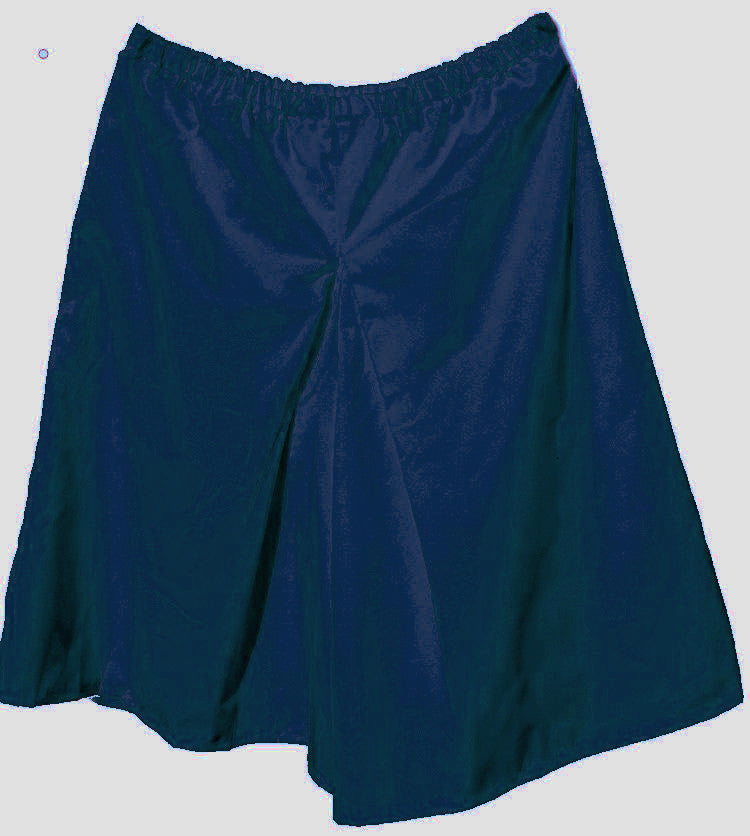
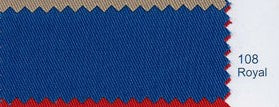
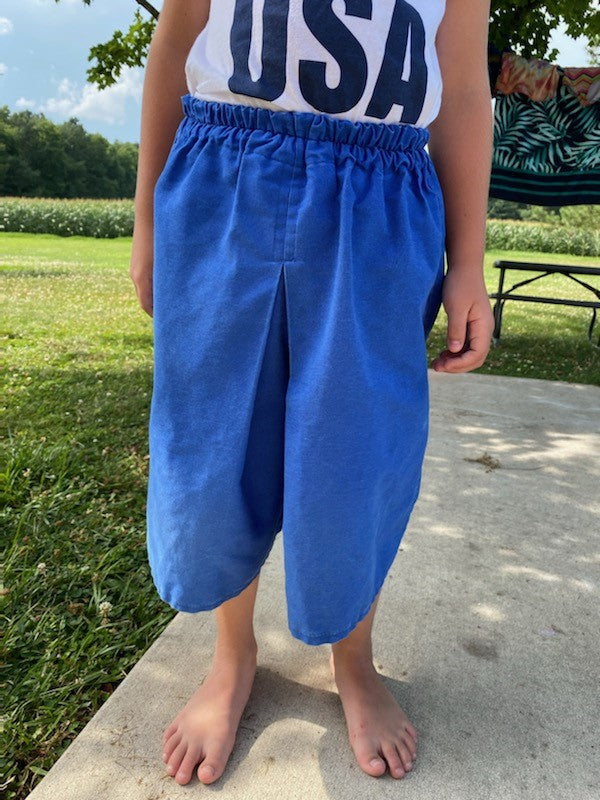
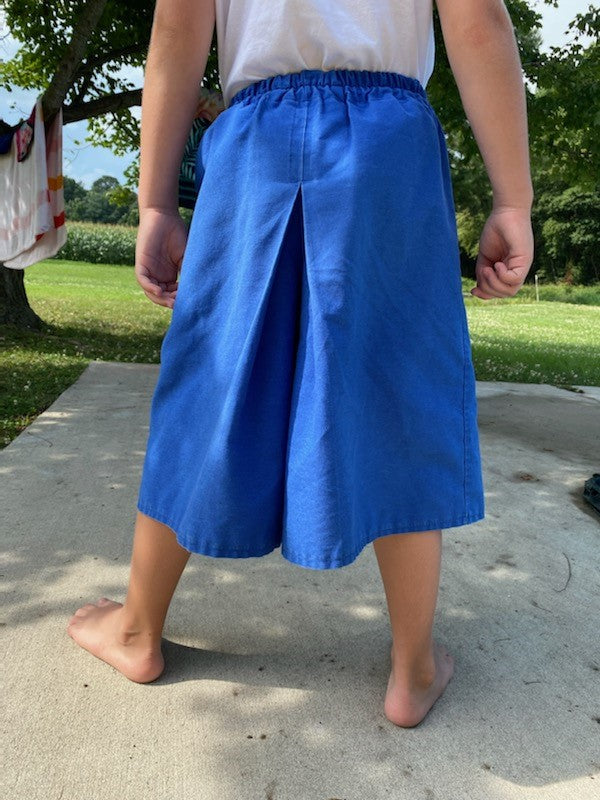
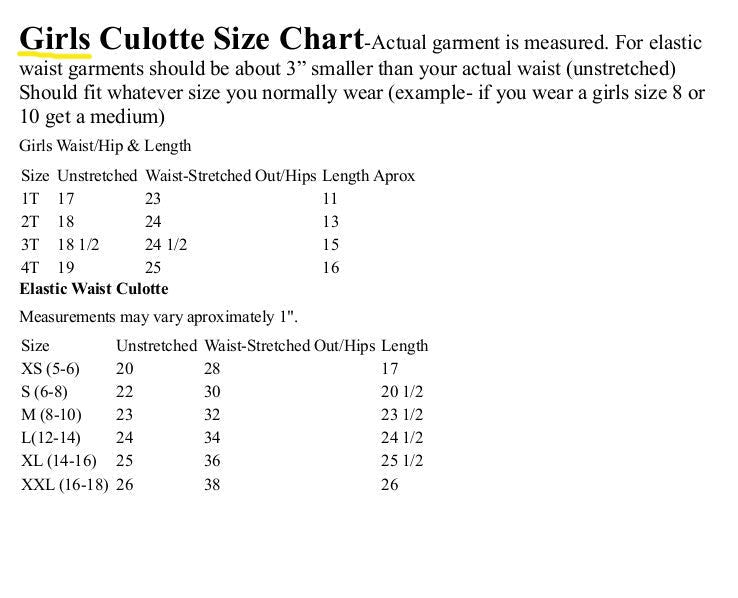

Florida
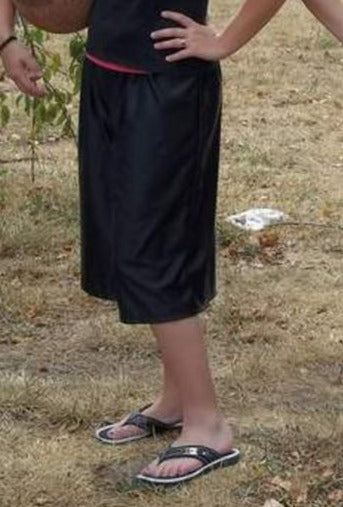
Modest Apparel USA
Deltona Christian School PE culottes-Deltona, FL
Share
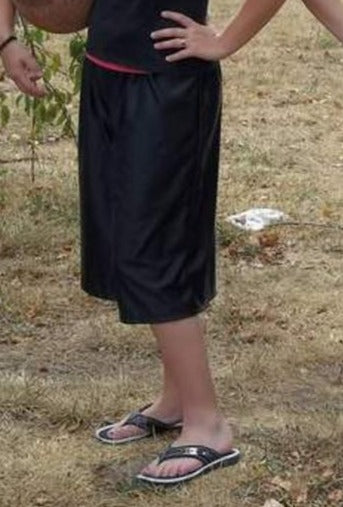
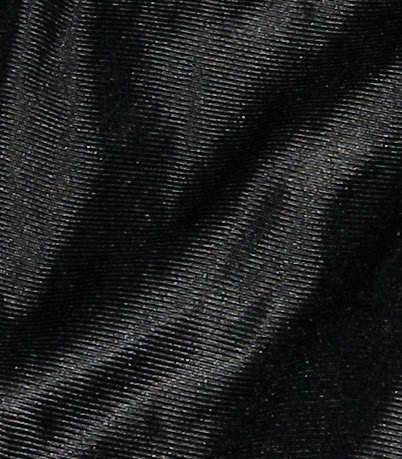
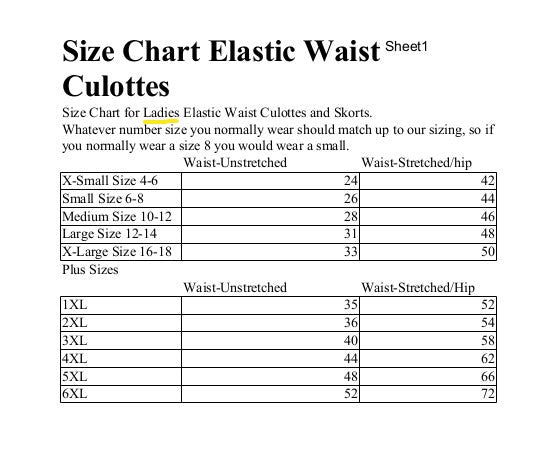

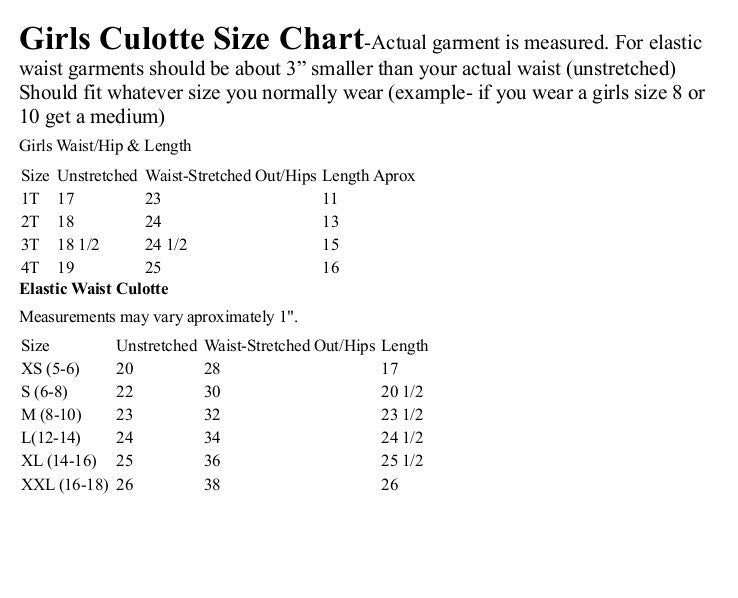
Kentucky
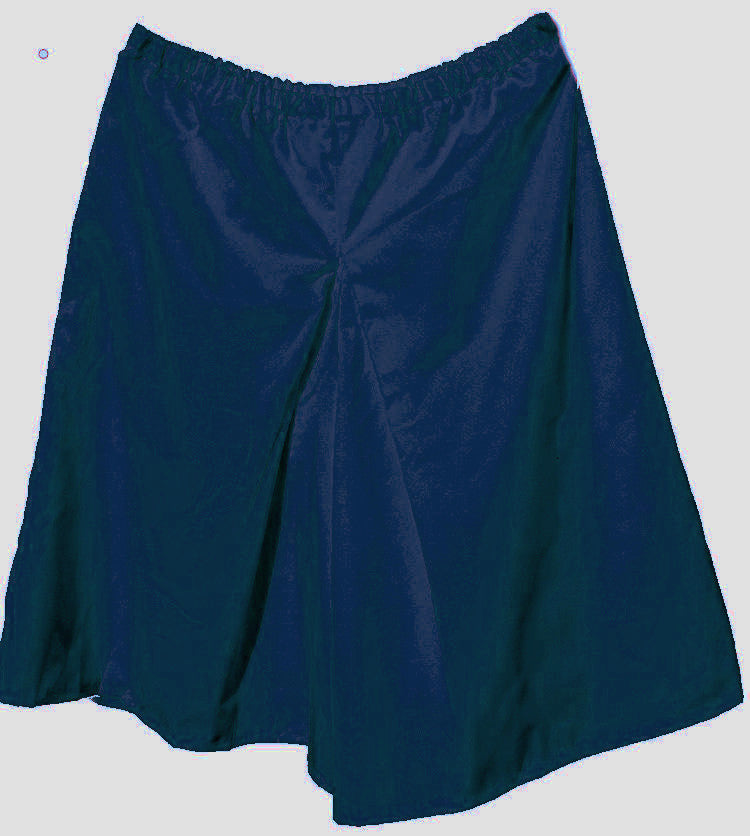
Modest Apparel USA
Box Pleat Culottes For -Child and Adult sizes Lighthouse Baptist Nicholasville, KY
Share
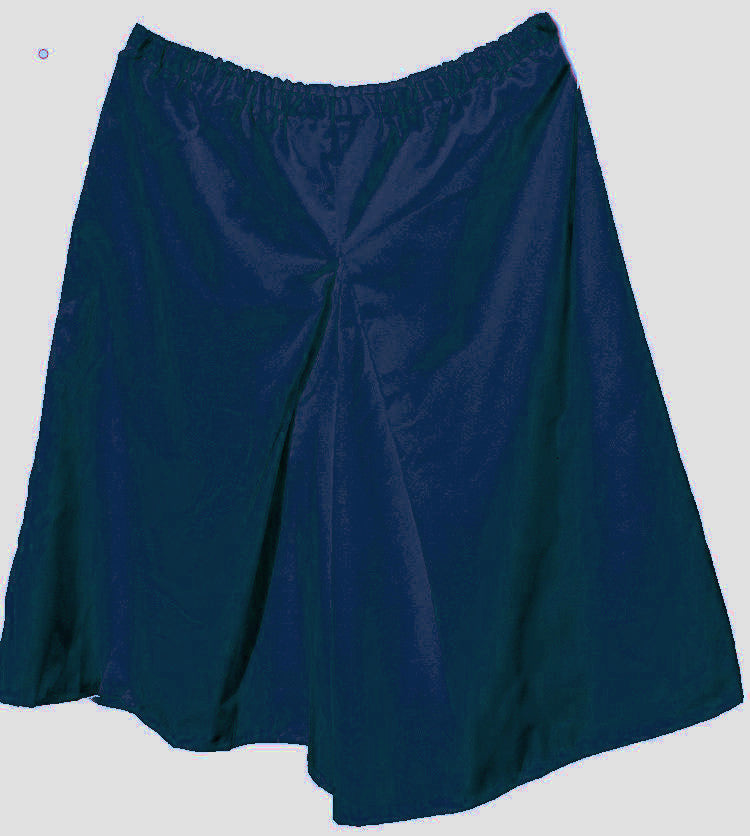
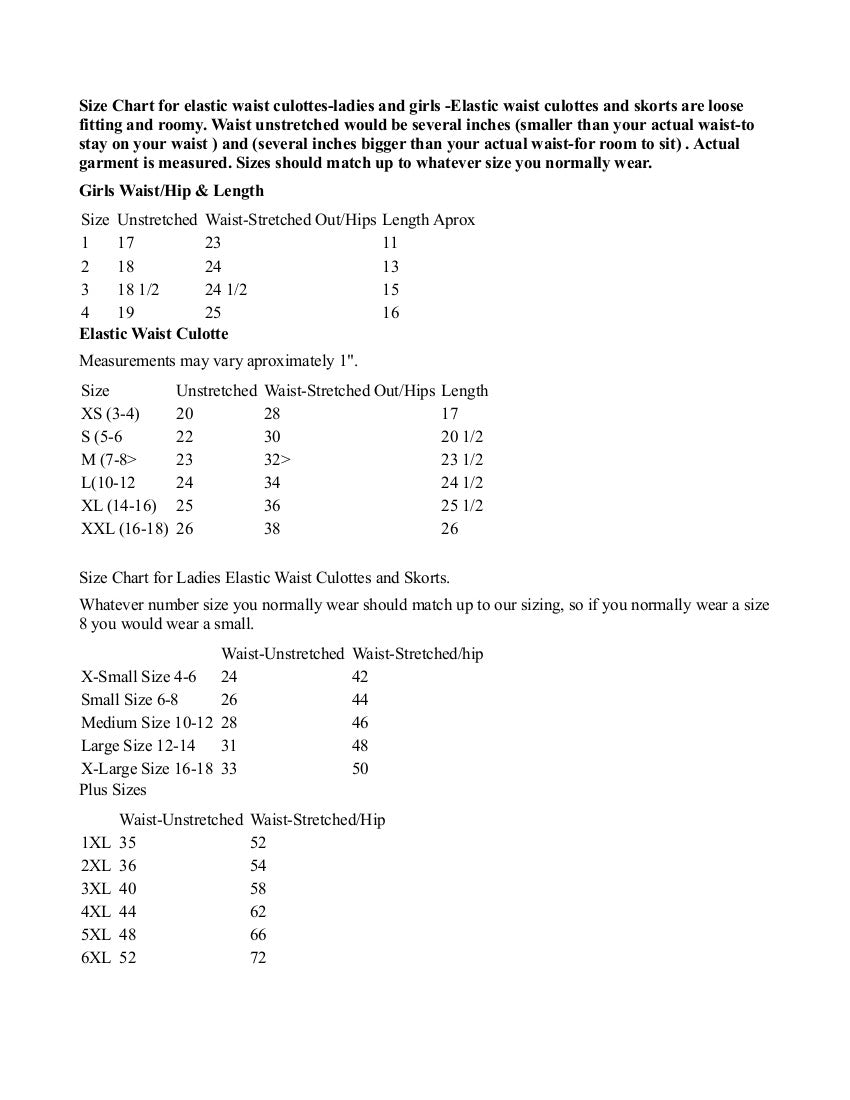
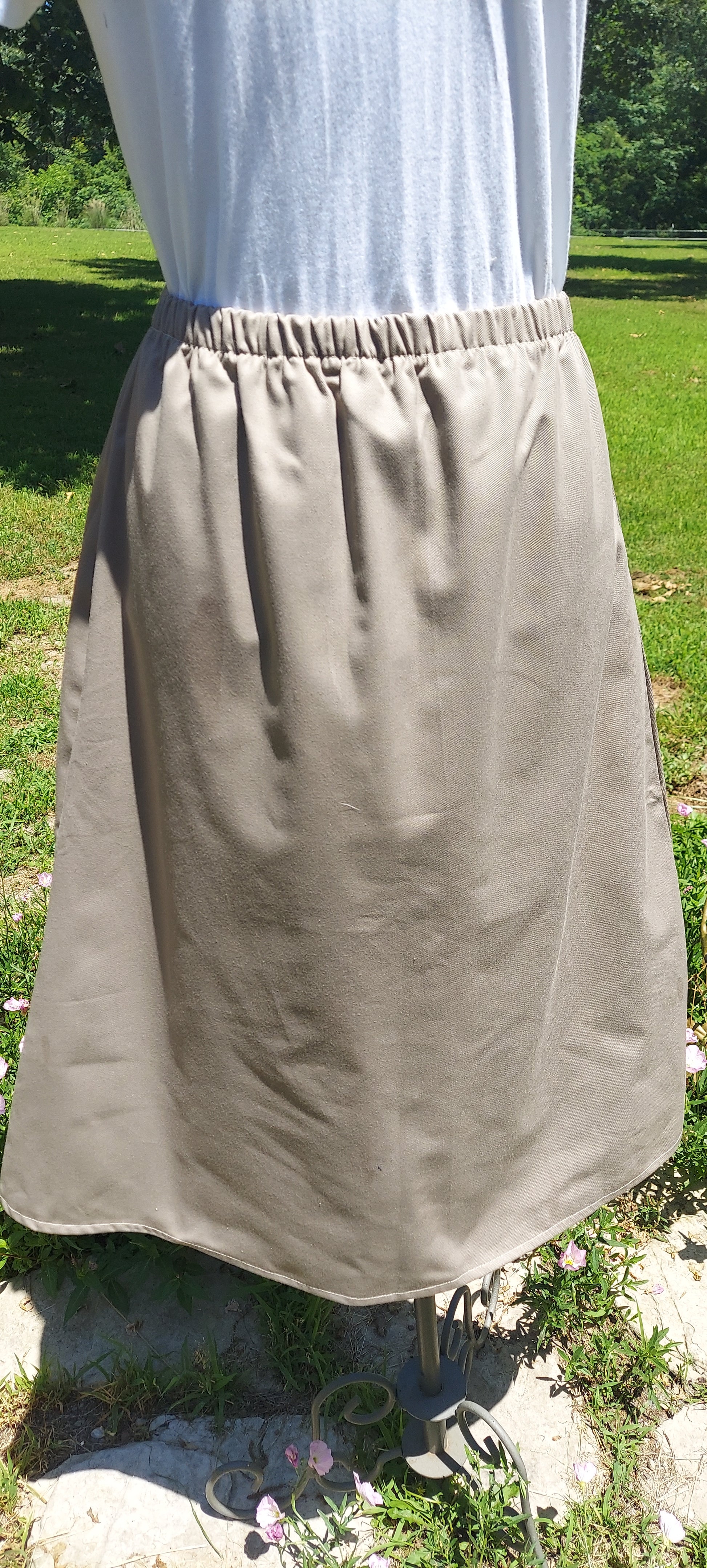
Modest Apparel USA
Long Elastic Waist Khaki Twill Skirt for Lighthouse Baptist Nicholasville, KY
Share
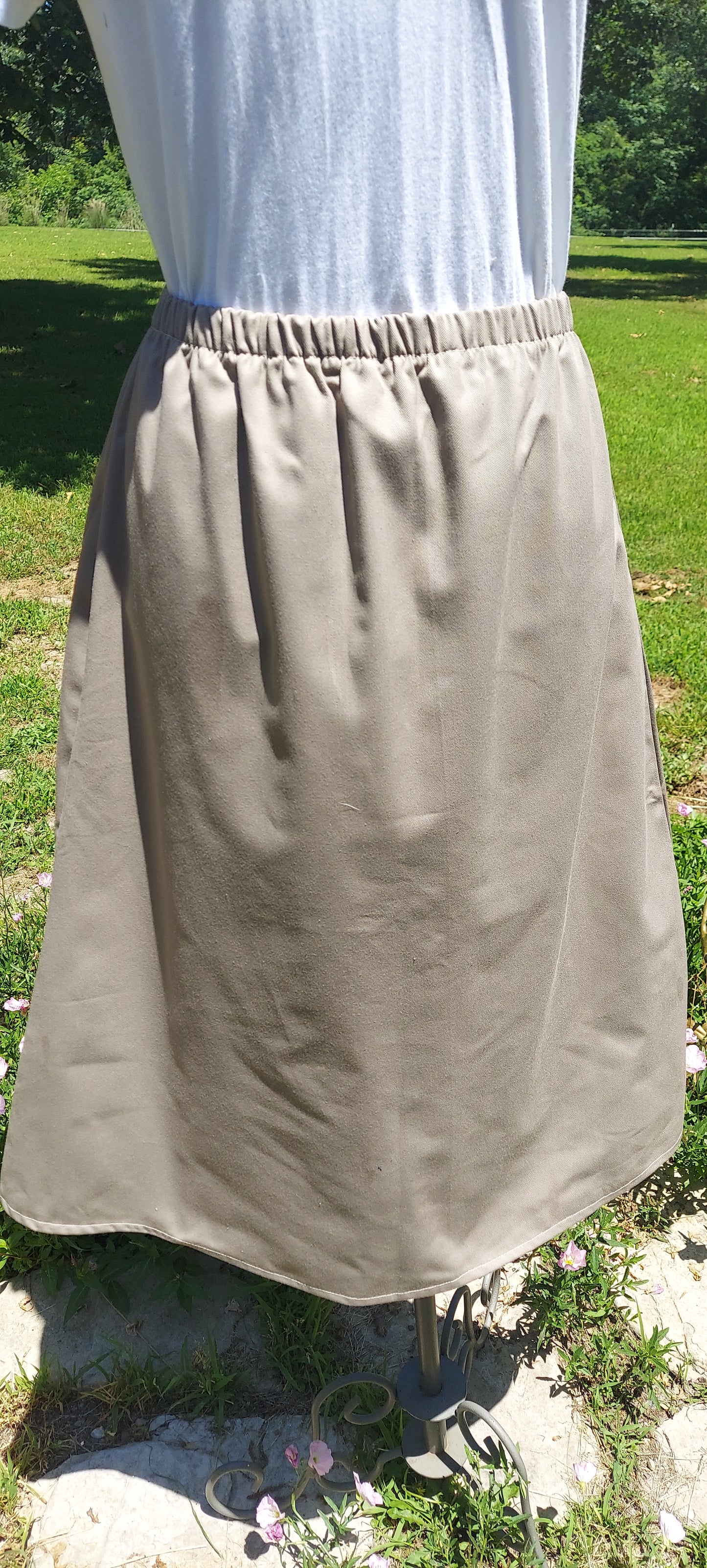
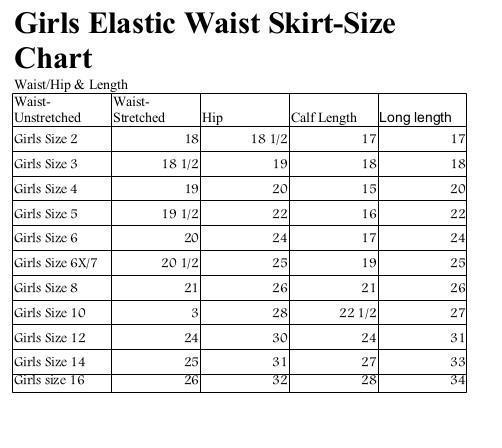
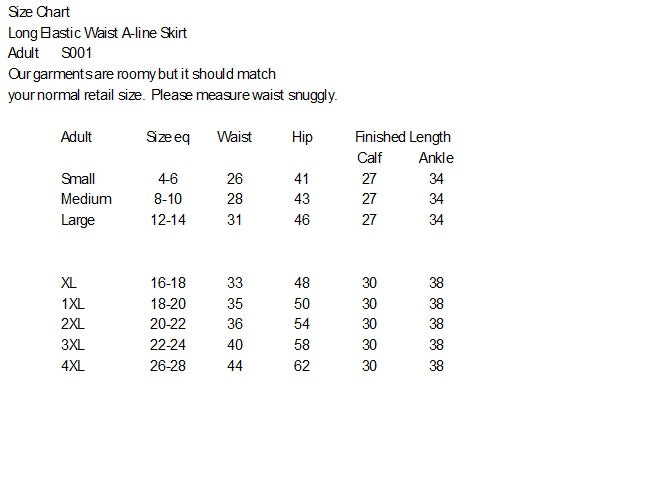
New Hampshire

Modest Apparel USA
Immaculate Heart of Mary School in Richmond, NH Girl sizes
Share



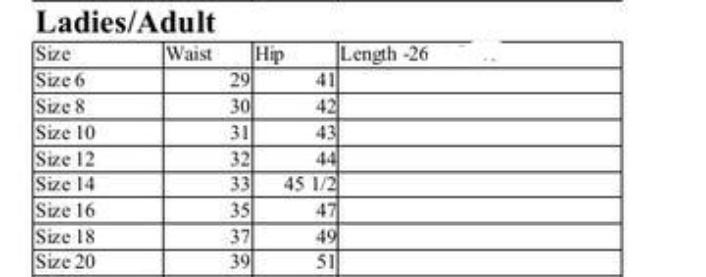
New York
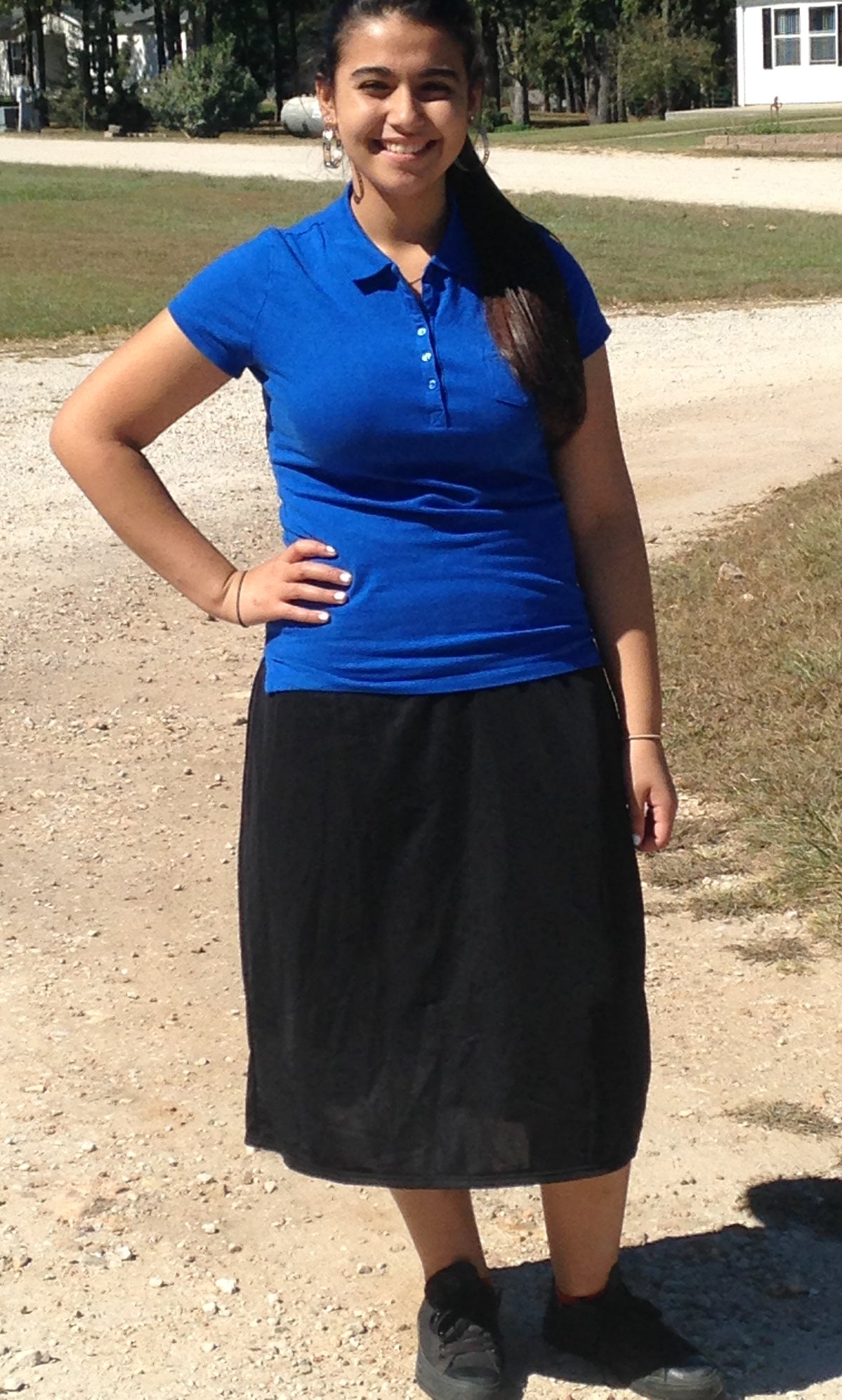
Modest Apparel USA
Modest Exercise Skort for Old Time Baptist Learning Center -Hamburg New York
Share
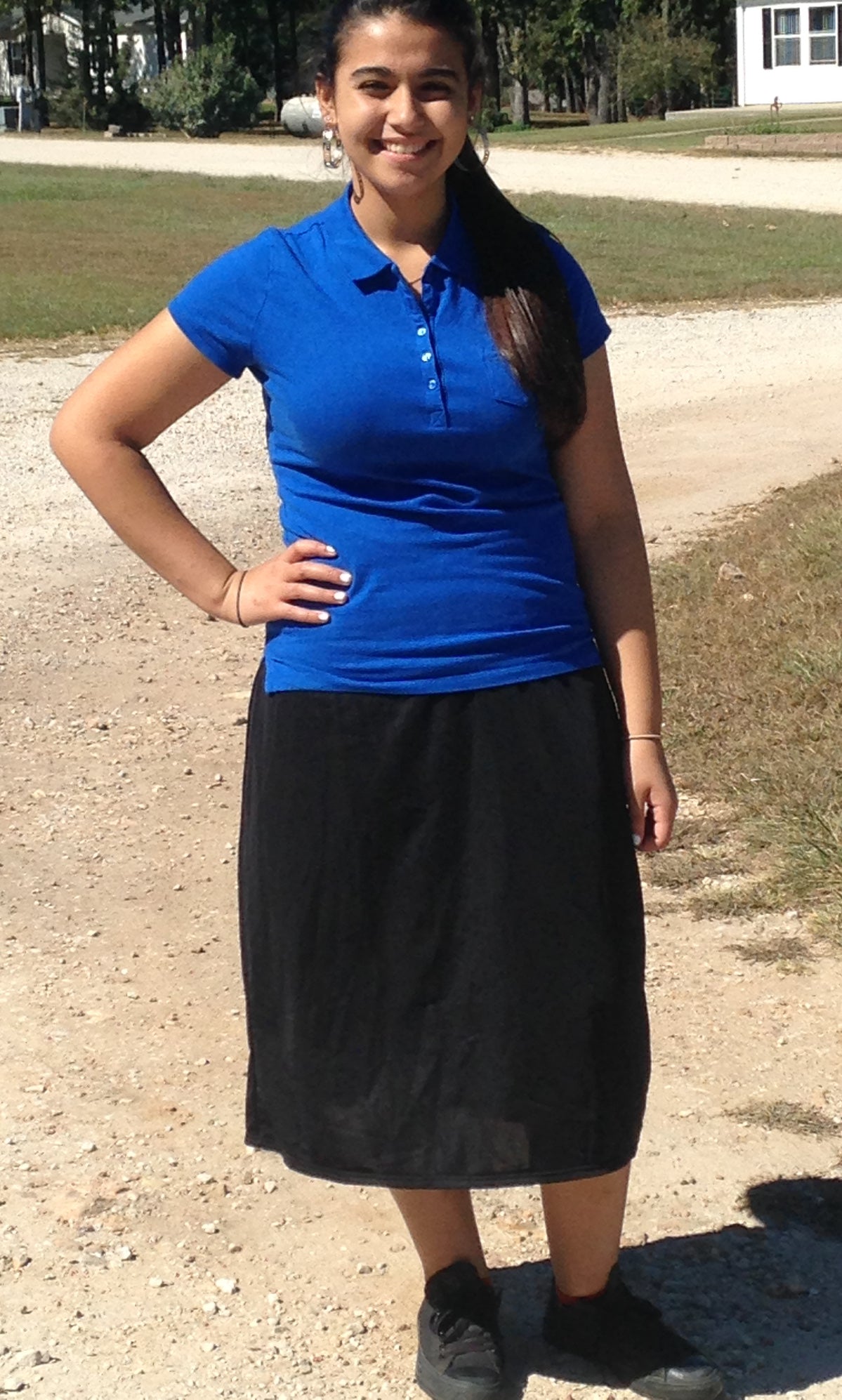
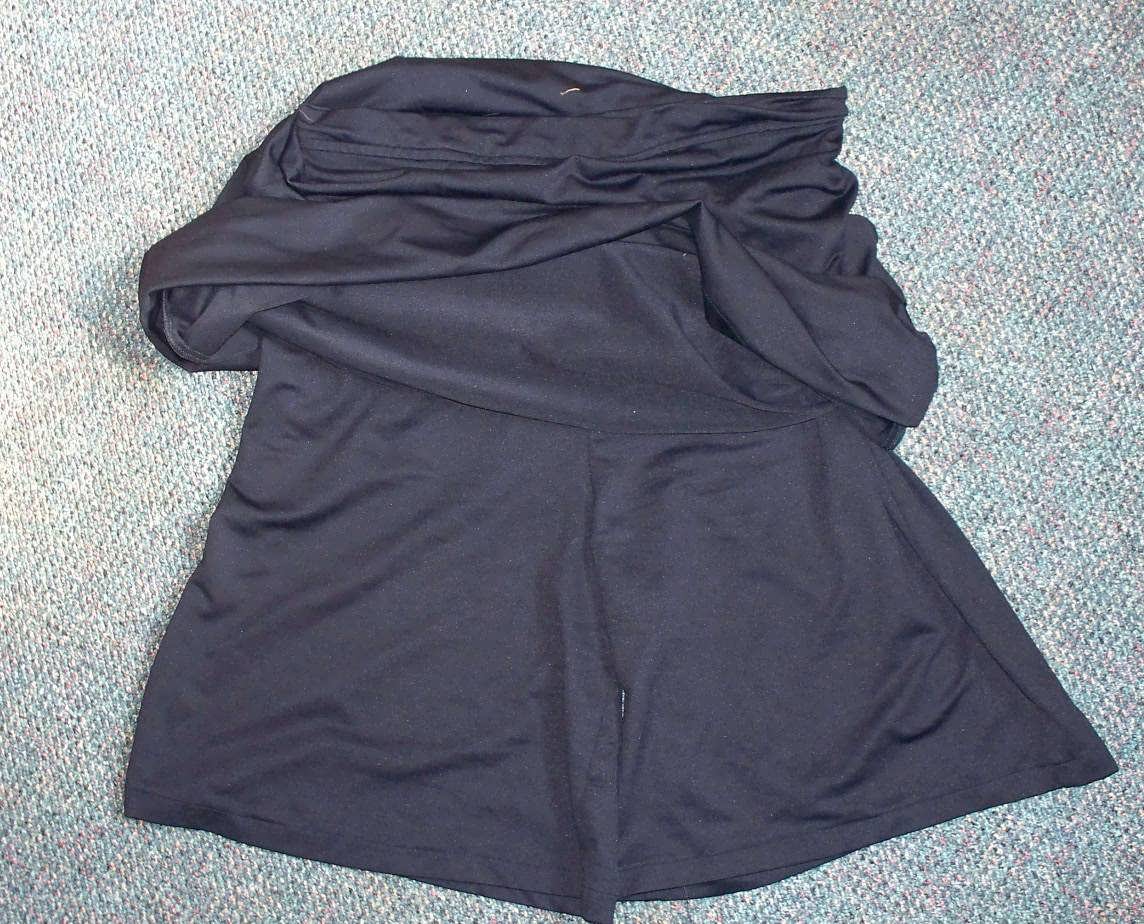
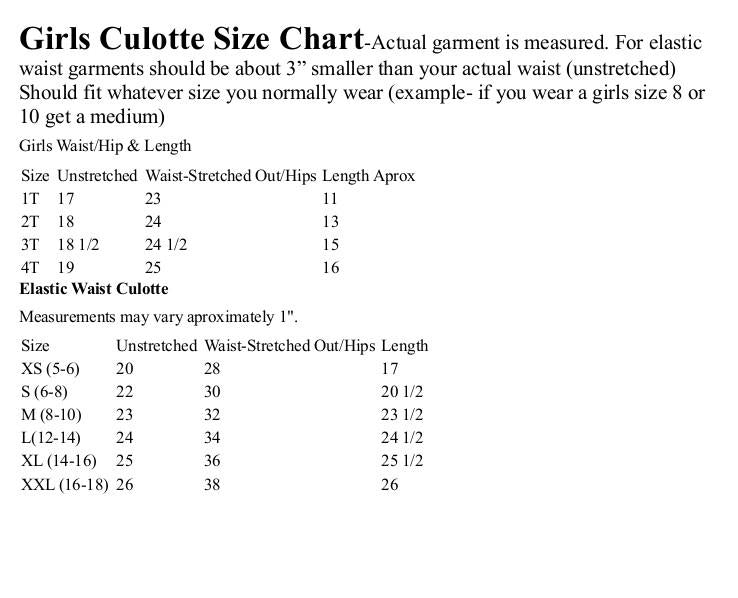
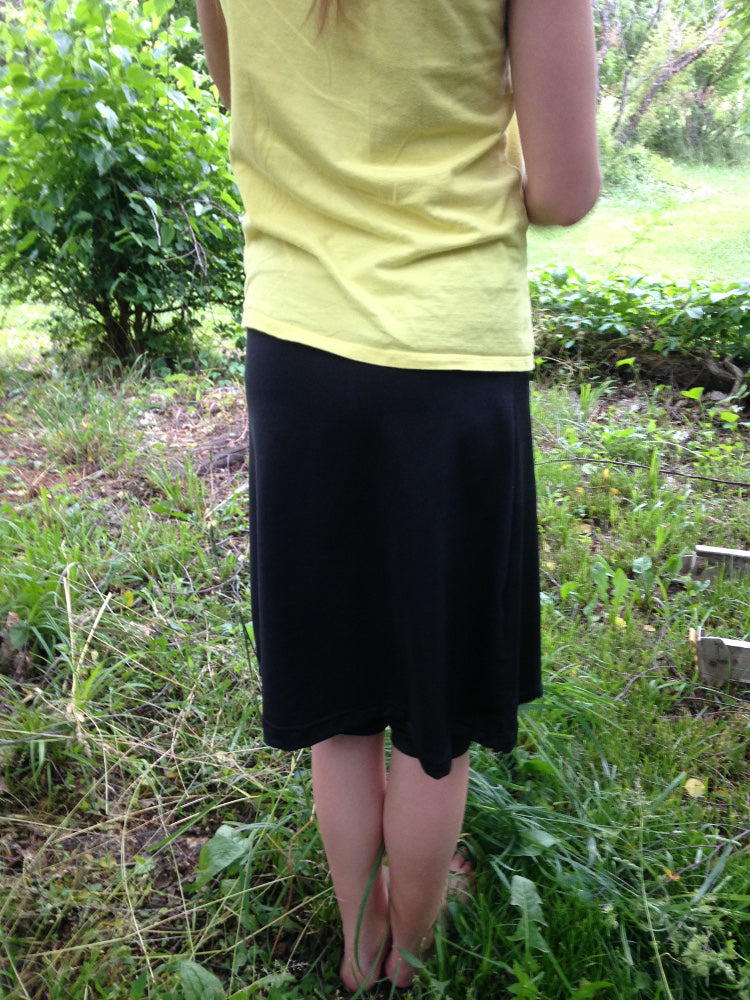
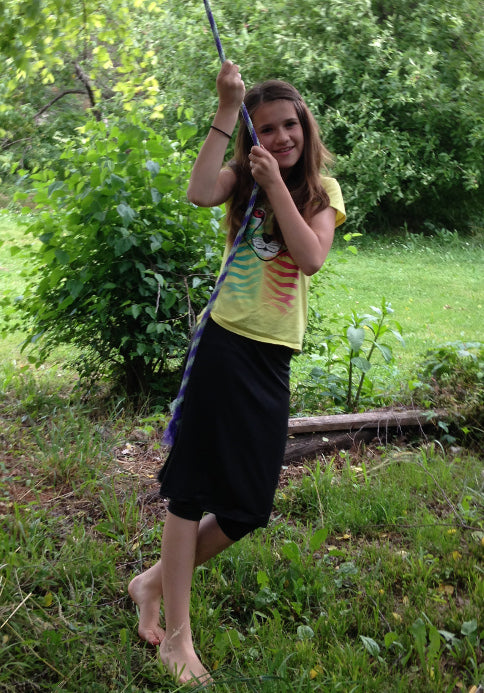
Modest Apparel USA
Girls Running / Swim Skort with Leggings OTB
Share
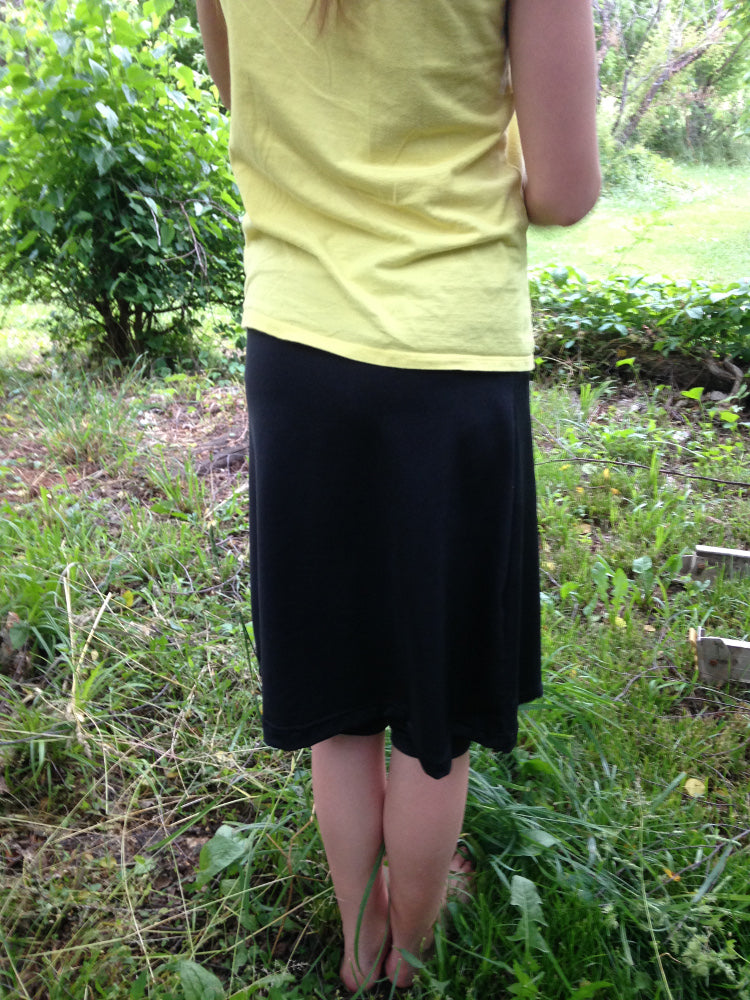
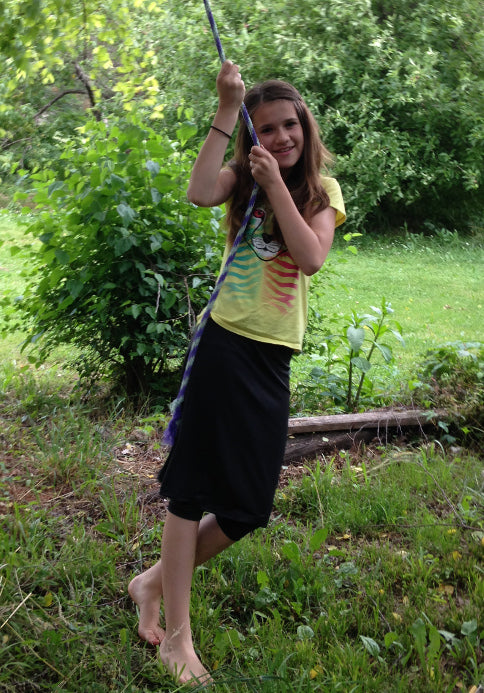
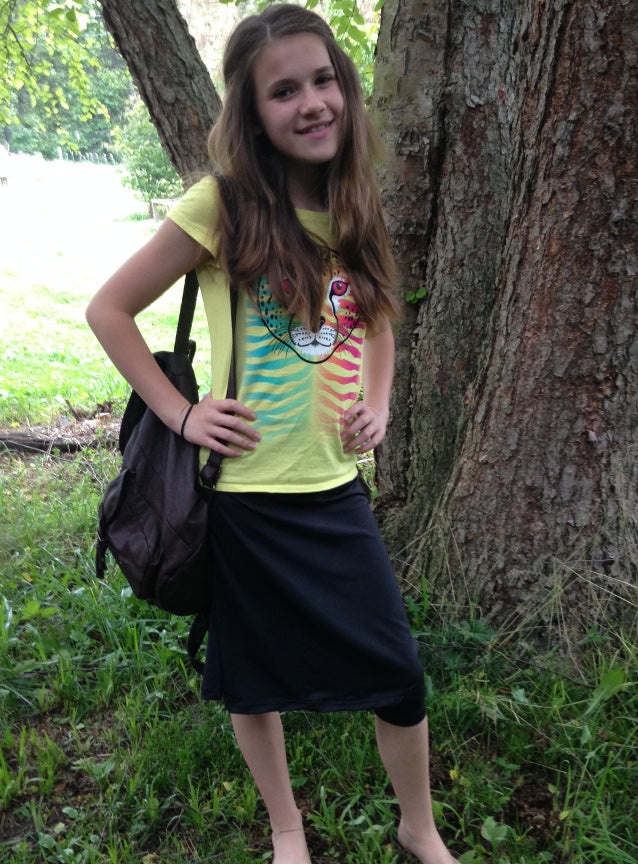
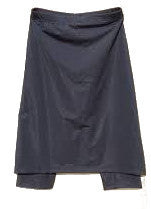

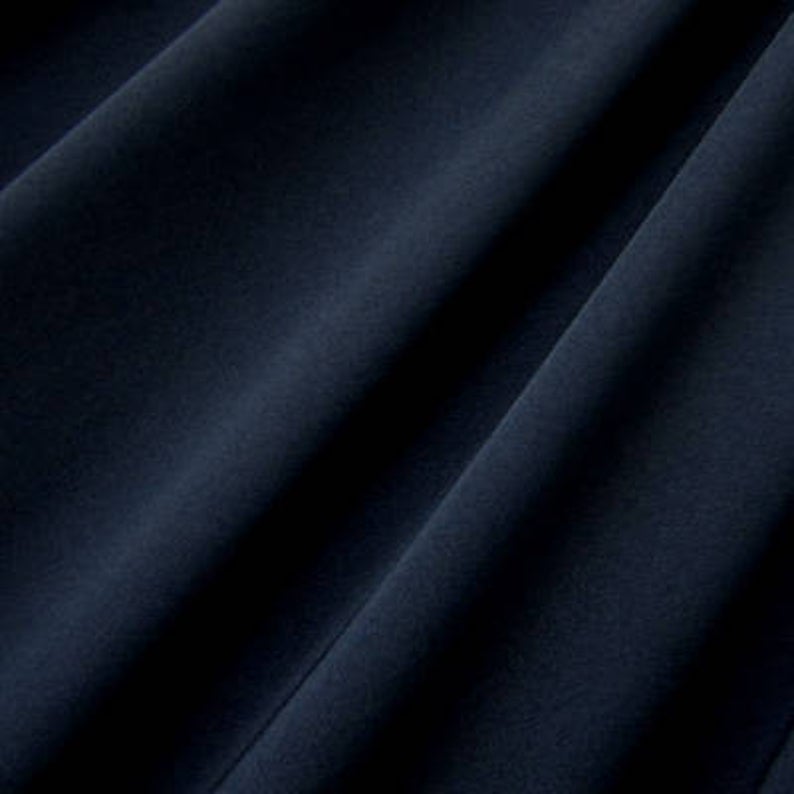
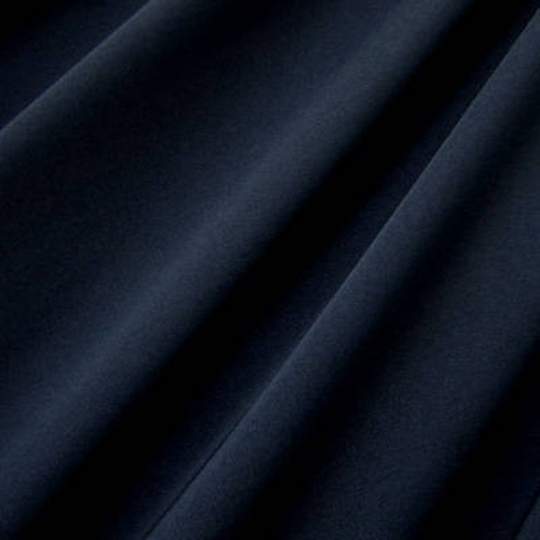
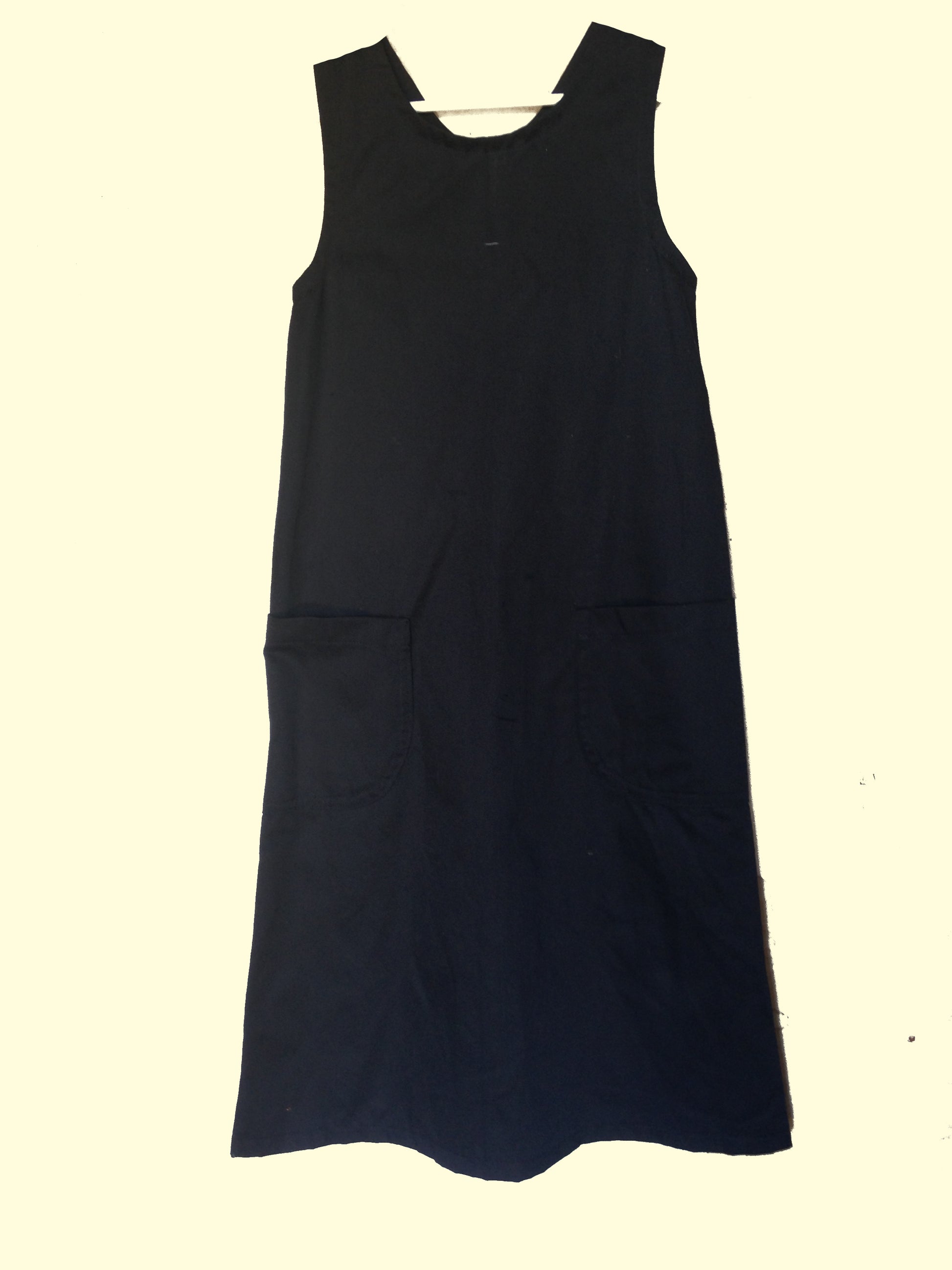
Modest Apparel USA
Girls School Uniform Jumper for Old Time Baptist Learning center Hamburg, NY
Share
